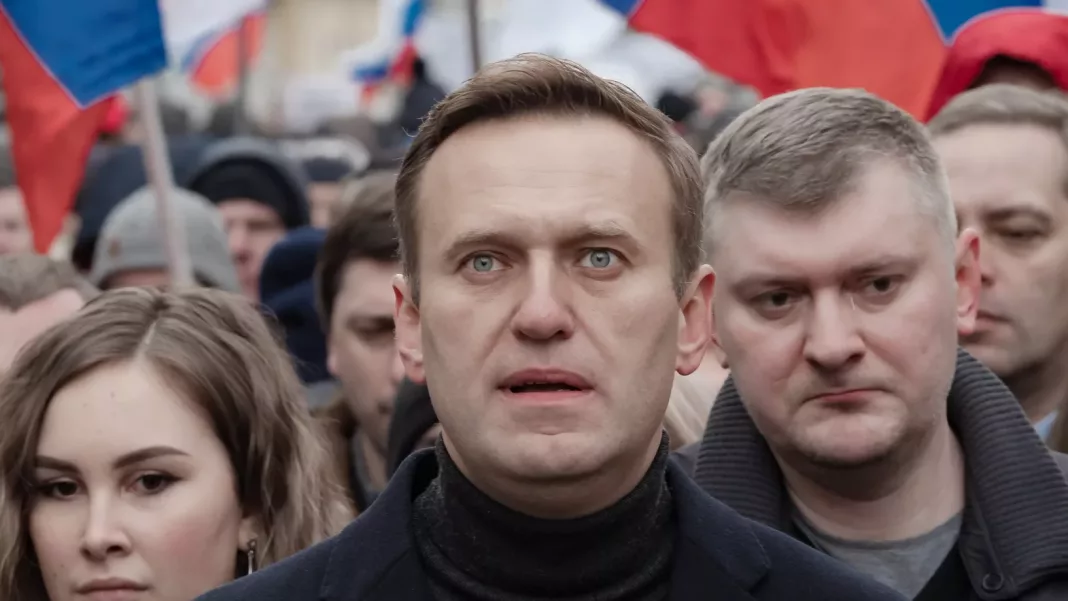On February 16th, 2024, the internationally famous Russian opposition politician Alexei Navalny died. His death came after two years of torture and solitary confinement in the notorious Arctic penal colony, IK-3. He was imprisoned for charges of extremism that are widely regarded as fabricated and politically motivated. But even 1,900 km away from Moscow, held in solitary confinement, his shadow haunted the Kremlin. In a 2011 profile, echoing the words Franklin D. Roosevelt used during WW2, he told the New Yorker’s Julia Ioffe: “It is better to die standing up than live on your knees.” Navalny held on to this motto to his dying breath.
In 2011, a young, idealistic Navalny set his sights on the government corruption he saw all around him. He took on officials at all levels and never backed down from the truth. His fame grew locally, then nationally, and eventually internationally. The outlet he mastered in his political struggle was social media, and in particular YouTube videos. Their journalistic style and Navalny’s witty commentary consistently gained millions of views, and peaked at 130 million (more than Russia’s population) in the movie ‘Putin’s Palace: History of the World’s Biggest Bribe’. His work led to the nullification of corrupt government contracts, gained him a substantial following, and repeatedly embarrassed the Kremlin. In retaliation, Navalny was imprisoned and harassed. Nevertheless, Putin never uttered his name in public. Navalny always remained “that man”.
In 2013 Navalny ran in the Moscow mayoral election; the day after announcing his bid, he was found guilty of embezzlement, a charge widely seen as politically motivated, and sentenced to five years in prison. These charges are too widely seen as politically motivated and based on very little evidence. In response, thousands swarmed Moscow’s streets in spontaneous protests against his trial which, surprisingly, brought his release the next day. This decision was seemingly motivated by a desire to retain stability, along with an underestimation of the threat Navalny posed. Nevertheless, he lost the election to the Putin-supported candidate by a substantial margin. In later rounds of Russian elections, the Kremlin changed its strategy. Navalny and his party were initially allowed to join the race, and were later barred from running for legal reasons. But Navalny didn’t back down and continued the fight for a more democratic Russia.
In January 2020 Navalny was poisoned by a Kremlin agent with Novichok, a military-grade nerve agent. He collapsed in agony during a flight from Siberia to Moscow, causing an emergency landing, and was taken to a nearby hospital. The regime banned his wife, Yulia, from visiting him, as speculation and fears for his life ran wild. Nevertheless, she insisted on his release to a Berlin hospital, which ultimately saved his life. The months spent recovering in Germany would be his last as a free man. During that time, as documented in the film Navalny (2022), he joined forces with Bellingcat’s investigative journalists to uncover the shocking details of his assassination attempt. They uncovered a hit squad that had followed him since 2017 and identified the individuals who poisoned him. Then, Navalny called his assassins and tricked them into explaining in detail the process of poisoning him and hiding their tracks by impersonating a high-ranking government official.
To the world’s amazement, knowing the risk of his decision, Navalny decided to return to Russia. His public face was calm and certain in his decision, but we will never know the true mix of emotions it entailed. Navalny returned to Russia on January 17th, 2021, on a flight that can only be imagined as nerve-wracking. Upon landing he made a brief statement to the journalists who had gathered to observe his arrival, proclaiming that he was not afraid. Minutes later, at the passport control, he was detained. Years of loud opposition, a miraculous recovery from poisoning, and a fateful decision to return to Russia had elevated Navalny from an obscure anti-corruption campaigner to a global symbol of resistance.
The trial’s outcomes were always obvious, and Navalny received a decades-long prison sentence. But Navalny only survived for 25 months. During these months of imprisonment, he suffered the harshest conditions imaginable, spending nearly a year in solitary confinement and being subject to all sorts of torture in what is regarded as one of the regime’s worst prisons. His health gradually deteriorated, particularly after a 24-day-long hunger strike. According to his letters, published by the ‘New York Times,’ the one thing that sustained him was books. In December 2023, in what seems to be the Kremlin’s final attempt to silence him, he was transferred to the secluded Polar Wolf prison. Less than two months later, on February 16th, 2024, Navalny died. The Kremlin claims Navalny suffered sudden death syndrome, but his body is still being held, making it impossible to investigate independently.
Navalny became a martyr. His death has sparked a wave of global responses. Most importantly, it has resulted in a wave of protests and mourning across Russia. In the final scene of his documentary, Navalny leaves a final message to his followers, in the case of his murder:
“You’re not allowed to give up. If they decide to kill me, it means that we are incredibly strong. We need to utilize this power, to not give up, to remember we are a huge power that is being oppressed by these bad dudes. We don’t realize how strong we actually are. The only thing necessary for the triumph of evil is for good people to do nothing. So don’t be inactive.”
Now that Navalny is gone, it is up to everyone to follow his last wish and respect his memory by not giving up. Only time can tell whether this is a realistic prospect but, if the struggle for a democratic Russia persists, empowered to challenge the Kremlin by Navalny’s memory, his death may not be in vain.


